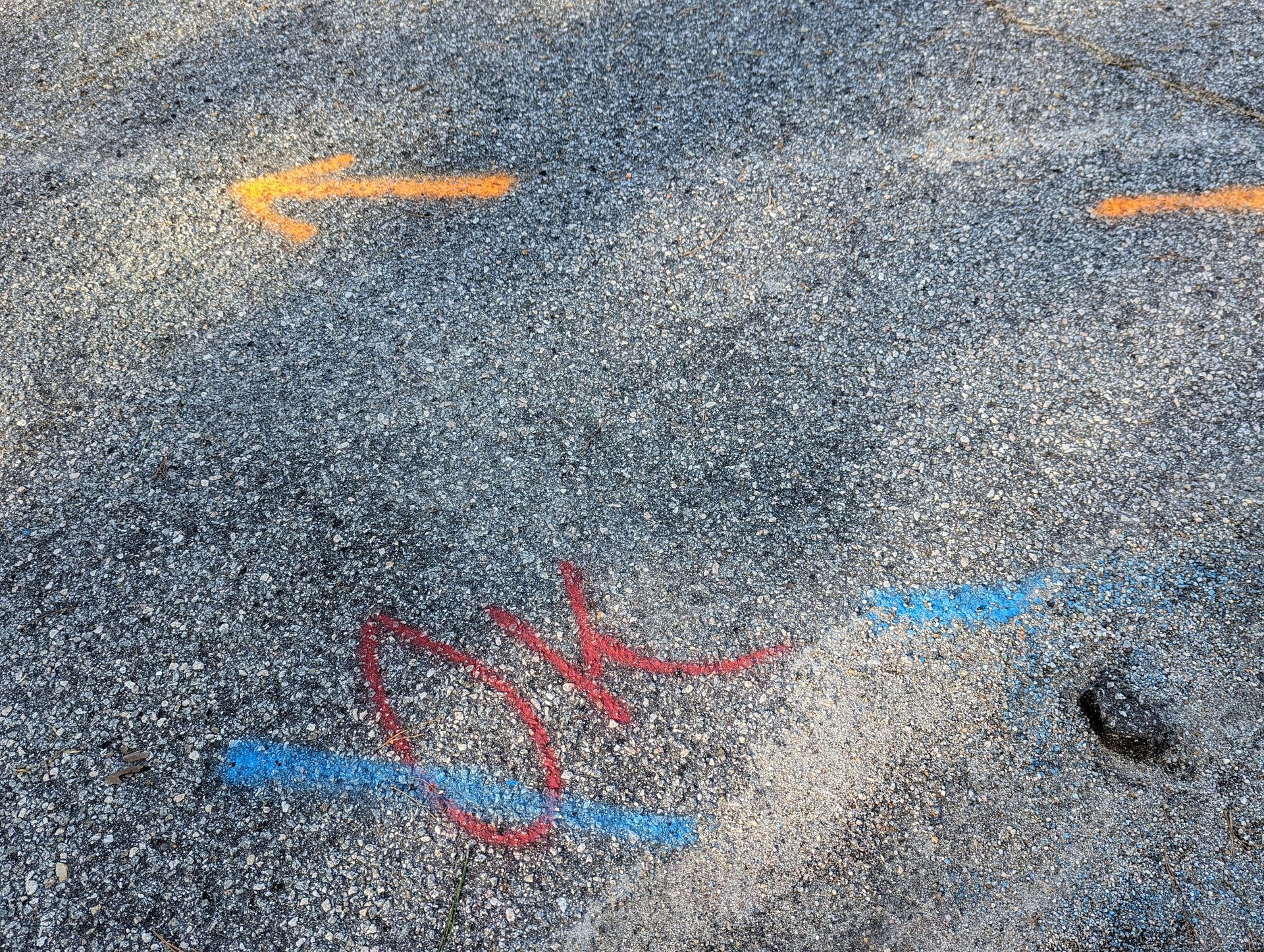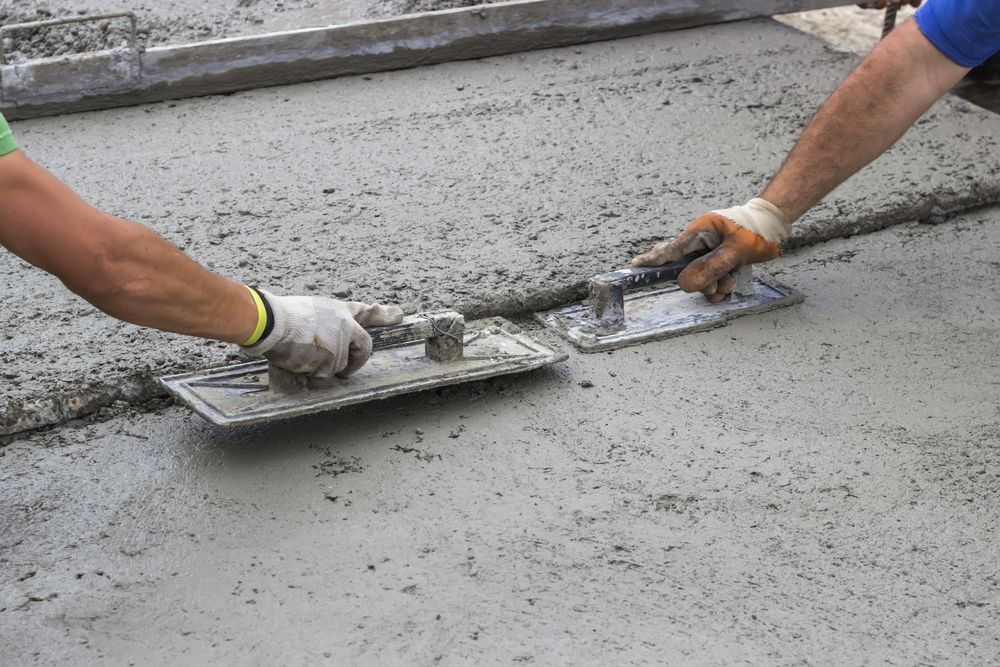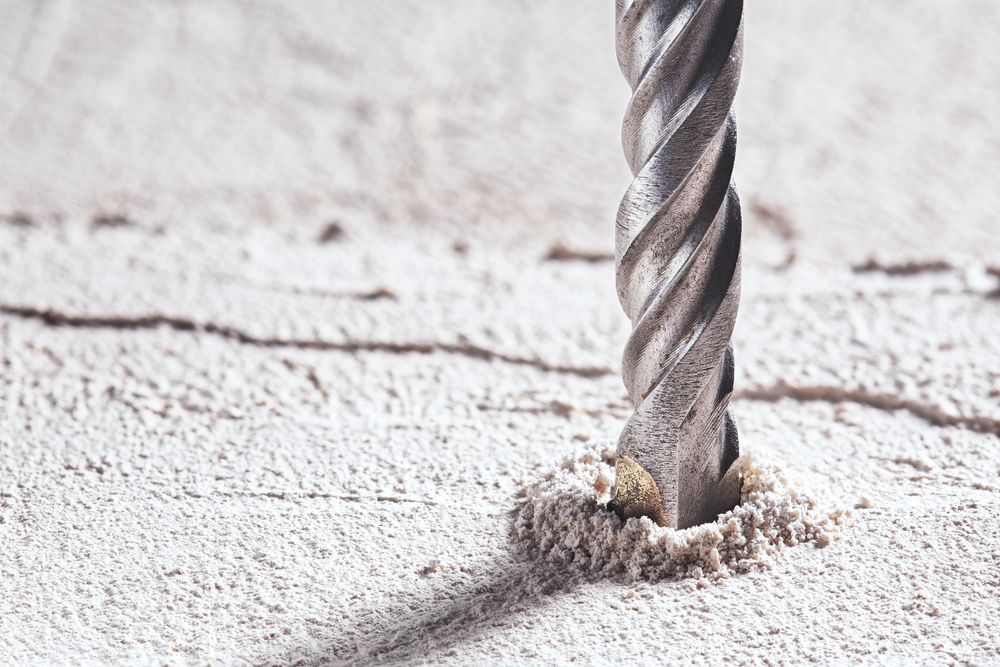Cutting Control Joints: Preventing Cracks in Concrete
Share this article:
What are Control Joints?
Control joints are planned separations or cuts in concrete that allow it to move as it cures and shrinks. Instead of random cracks forming across a surface, control joints encourage concrete to crack in straight, predictable lines. These joints relieve internal stress caused by temperature changes, drying shrinkage, and ground movement.
Control joints are most often seen in concrete slabs, sidewalks, patios, and floors. They’re usually created using saw cuts, hand tools, or inserts placed before pouring.
Benefits of Control Joints in Concrete
- Crack Management: Direct cracks to controlled locations, maintaining appearance and performance.
- Structural Integrity: Prevent random cracking that can lead to weakened slabs.
- Improved Lifespan: Reduce the need for future repairs and extend the life of the concrete surface.
- Aesthetic Appeal: Keep finished surfaces looking clean and professional.
- Cost Efficiency: Avoid unplanned repairs by addressing potential cracking upfront.
Types of Control Joints
The type of control joint used often depends on the project type, slab thickness, timing, and the desired finish. Each offers unique advantages depending on the conditions.
Saw-Cut Joints
Saw-cut joints are the most common method for large concrete slabs. These are made using specialized saws after the concrete has hardened slightly but before it fully cures, usually within 4 to 12 hours of placement.
The timing is critical. Cutting too soon can lead to raveling (rough edges), and cutting too late may cause uncontrolled cracking. Saw cuts are ideal for interior floors, warehouse slabs, parking structures, and other flatwork where clean lines are desired.
Tooled Joints
Tooled joints are made while the concrete is still plastic. A grooving tool is used to create the joint by hand. This is a good choice for sidewalks, driveways, patios, and other smaller projects. Tooled joints can be integrated with decorative finishes or patterns for a seamless look.
Tooled joints also provide a higher degree of control during the finishing process and are often more visible in exposed concrete finishes.
Formed Joints
Formed joints are placed during the forming phase of the concrete pour. Strips made of wood, plastic, or other materials are inserted to create a controlled break point. These are often used in large slabs or in vertical pours where one section is poured adjacent to another.
Formed joints are reliable for segmenting pours, particularly in structural concrete or areas that will be backfilled or covered after construction.
Grooved Joints
Grooved joints are similar to tooled joints but are often deeper and more defined. These are commonly used for curb and gutter applications or in areas where both strength and appearance are important.
In decorative applications, grooved joints can double as design elements, providing both function and aesthetic value. They can be created by hand tools or machines, depending on the surface and scale.
Bonded Isolation Joints
Isolation joints are a specific type of control joint designed to separate structural elements. These are created using a compressible material (like felt, foam, or rubber) placed between slabs and fixed structures such as columns, walls, or footings.
Bonded isolation joints allow adjacent elements to move independently, preventing cracks at points of contact. They’re crucial in industrial and commercial settings where equipment vibration or temperature fluctuations are common.
When to Use Control Joints
Control joints should be used in virtually every concrete flatwork application. Whether it’s a small residential patio or a large industrial slab, control joints help manage shrinkage and movement.
Use control joints when:
- Pouring large concrete slabs or sidewalks
- Working in areas with wide temperature ranges
- Pouring decorative or stamped concrete
- Installing slabs near existing structures or footings
- Failure to include control joints in any of these conditions can lead to random cracking and expensive repairs.
How to Space Joints Correctly
Proper spacing is one of the most important aspects of effective control joint installation. Here's how to determine optimal joint spacing:
- General rule: Joint spacing should be 24 to 36 times the slab thickness. For example, a 4-inch slab should have joints every 8 to 12 feet.
- Keep shapes square: Panels should be as close to square as possible. Rectangles with a length more than 1.5 times the width are more likely to crack.
- Avoid irregular patterns: Odd angles and shapes create stress concentrations. Stick with straight lines and uniform patterns.
- Plan ahead: Joints should be laid out in advance and marked before pouring begins.

How to Maintain Control Joints
After control joints are installed, they still require routine maintenance to remain effective. Maintenance ensures that joints continue to function and don’t become sources of wear, damage, or infiltration.
- Clean debris regularly: Dirt, rocks, and vegetation can fill joints and prevent proper movement.
- Seal joints as needed: For outdoor or heavy-traffic applications, sealing prevents water penetration and protects against freeze-thaw damage.
- Inspect annually: Look for signs of joint widening, edge spalling, or separation.
- Re-cut or repair as needed: In some cases, joints may need to be recut or resealed to restore function and appearance.
Proper maintenance extends the lifespan of control joints and the slab itself, reducing the need for future repairs or replacement.
Looking for Concrete experts?
Don’t let cracks catch you off guard. If you're planning a pour or need control joints cut into existing concrete, contact Cobra Southeast.
Call us now or
Request a Quote to get started today.



